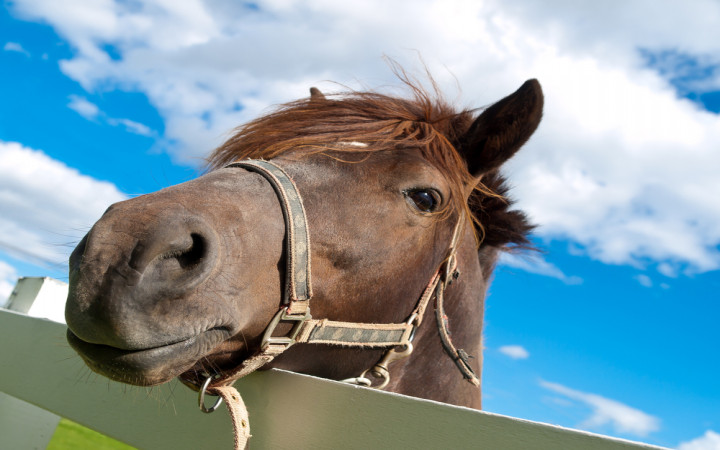Today’s Wonder of the Day was inspired by Zander. Zander Wonders, “What is the top predator out of all of the animals in the world” Thanks for WONDERing with us, Zander!
In every ecosystem, there is a complex set of relationships between species. It is a simple fact of life that some species eat others.
Those that do the eating or hunting are called "predators." Examples of common predators include lions, bears and foxes.
Those that are eaten or hunted are called "prey." Examples of prey animals include zebras, fish and rabbits.
Of course, some animals can be considered both predators and prey. For example, a spider hunting for insects is a predator. If a lizard eats the spider, though, it becomes prey.
People usually use the terms predator and prey to refer to animals. However, the same terms can be applied to animal-plant relationships. If a cow eats grass, the cow would be the predator, and the grass would be the prey.
The series of predator-prey relationships in an ecosystem is called a "food chain." Usually, all food chains start with the sun, which provides light and heat. Sunlight allows plants to make food and grow by photosynthesis.
Plants are a source of food for many animals. Of course, many animals are a source of food for other animals, too.
Some animals — called "carnivores" — eat only meat, while others — called "herbivores" — eat only plants. Still others, such as humans, eat both meats and plants. They're called "omnivores."
So where do horses end up on the food chain? Although people sometimes say they're “hungry enough to eat a horse," surely there aren't any animals out there brave enough — or hungry enough — to actually eat a horse… or are there?
Believe it or not, horses are prey animals. Instead of other animals, horses eat mainly grasses and plants.
Horse owners usually feed horses a mixture of grasses called "hay." Some owners also feed their horses oats or corn. For treats, horses love to eat fruits and vegetables, such as apples and carrots.
What animals hunt horses? Predators of the horse include humans, mountain lions, wolves, coyotes and even bears.
The fact that horses are prey animals helps to explain some of their behaviors. When horses encounter danger, their fight-or-flight response is almost always flight. Quickly distancing themselves from danger allows horses safely to avoid danger most of the time.
Some horse experts also believe fear of predators leads horses to live together in groups called "herds." Fear of becoming prey also means most horses sleep standing up during the day!




